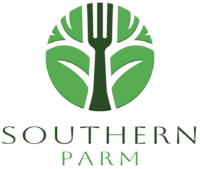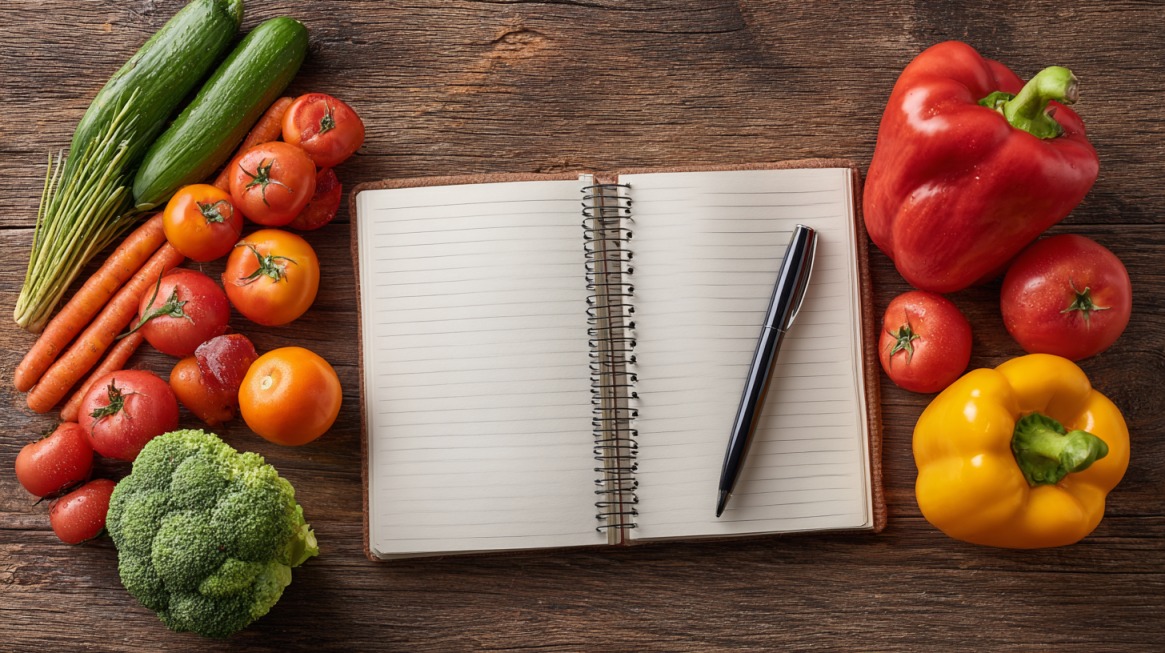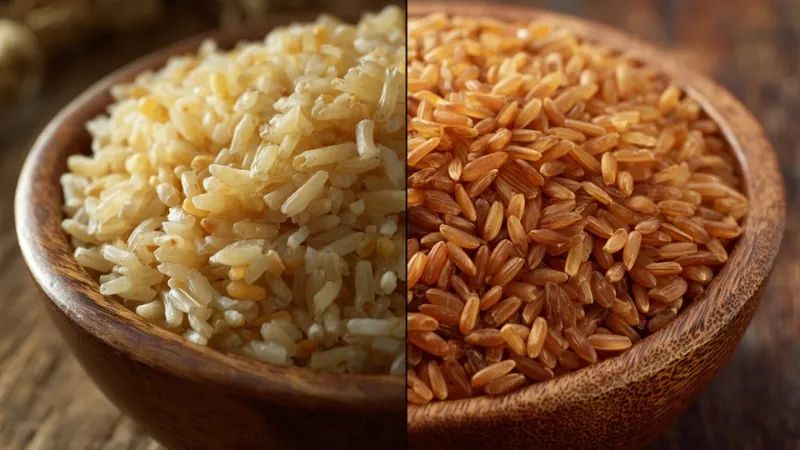Keeping track of what you eat sounds simple enough, but most of us underestimate how often small snacks, drinks, or rushed meals affect our overall nutrition.
A nutrition journal helps you see the bigger picture of your habits, from how many vegetables you actually eat to regardless of your late-night cravings sabotage your energy the next day.
- Raise awareness
- Accountability
- Gradual improvement to your diet
Today, we want to break down practical, easy, and even fun ways you can start journaling your meals without turning it into a stressful chore that will not bring you any pleasure.
The Importance of Keeping a Nutrition Journal
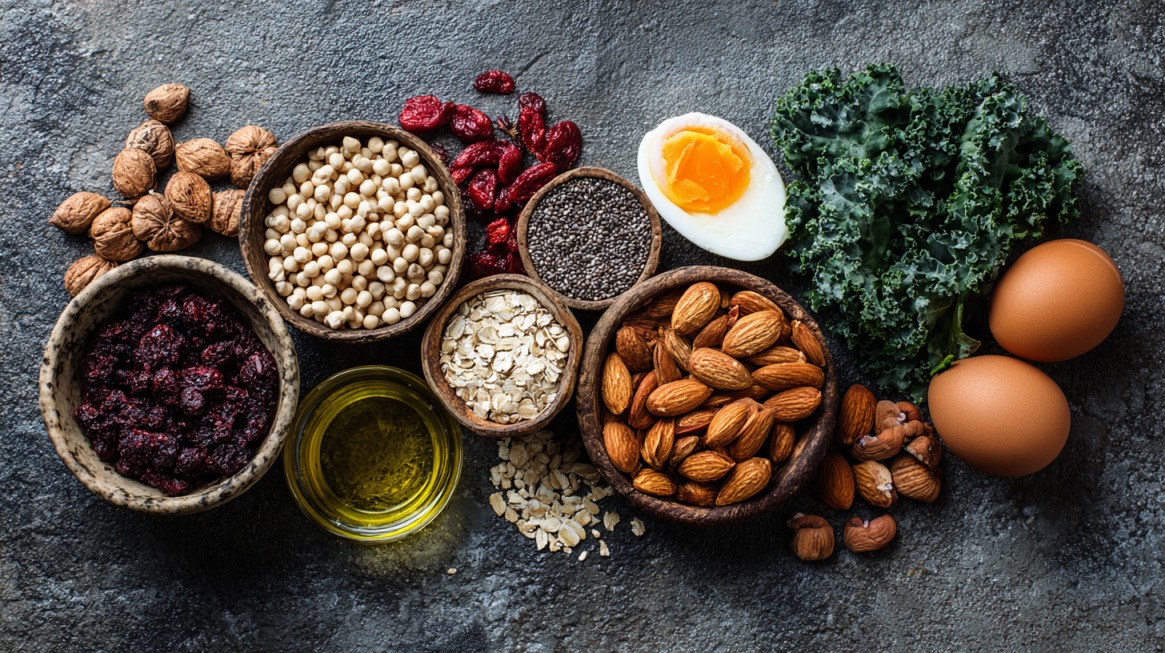
When people talk about better eating, they usually think about specific diets or calorie tracking. But the value of a nutrition journal is much broader.
It reveals not just what you eat but also how, when, and why you eat.
For example, you might notice that you snack more when you’re stressed at work, or that skipping breakfast leads to larger portions at dinner.
When you decide to put those patterns on paper, you can make changes instead of jumping into restrictive plans that rarely last.
- Increased mindfulness about portion sizes and hidden calories.
- Identifying emotional or stress-based eating.
- Spotting nutrient gaps, like low protein or lack of fiber.
- Making healthier swaps easier because you see where improvements fit naturally.
Starting Simple
You don’t need a high-tech app to begin tracking your meals, because the simplest tools often work best. A plain notebook or even a sticky note on the fridge can do the job as long as you use it consistently. What matters most is building the habit, not the format.
If you want to make journaling feel a little more special, consider using custom notebooks. Having a notebook designed with your favorite colors, patterns, or even your name on the cover adds a sense of ownership that makes you more likely to keep writing in it.
A personalized journal feels less like a chore and more like a reflection of your lifestyle, which is always an exciting process for the one who reflects. Many people also find that writing by hand is more intentional than logging meals on a screen.

It slows you down just enough to think about what you ate and how it made you feel.
- What you ate
- When you ate it
- Your mood afterward
That’s all it takes to begin spotting patterns and making small, meaningful changes in your eating habits. Starting with some complex apps can bring a counter reaction and cause you to be unhappy with the whole process, due to all the pressure.
What to Track Without Overcomplicating Things
The mistake most beginners make is trying to record every gram or micronutrient.
Unless you’re working with a dietitian on a clinical plan, that’s not necessary. A useful nutrition journal balances structure with flexibility.
- Meals and snacks: Keep descriptions short, like “chicken salad + bread roll.”
- Portion cues: Instead of exact measurements, note “small plate,” “two handfuls,” or “extra large coffee.”
- Mood or energy: Add whether you felt full, sluggish, energized, or anxious.
- Sleep and hydration: Poor sleep and low water intake often show up in food choices.
- Cravings: Write them down even if you resist. This helps you see what triggers them.
Through sticking to these basics, you get meaningful insights without feeling overwhelmed.
Choosing Between Digital Apps and Paper Journals

Technology makes it easy to log meals on the go, but it doesn’t suit everyone. Apps can quickly calculate calories, but staring at numbers all day can feel draining.
On the other hand, a paper journal feels more personal, almost like a reflection process.
- Do you want quick nutritional breakdowns? Apps may be better.
- Do you want a mindful, slower ritual? Paper works beautifully.
- Do you like seeing progress over time in graphs? Apps win here.
- Do you prefer doodling and writing reflections? Notebooks give more space.
Some people even combine both: apps for busy weekdays, journals for weekends when they have more time to reflect.
Making Journaling Part of Daily Routine
The hardest part isn’t starting but maintaining the habit.
- Set a consistent time – like after dinner or before bed.
- Keep your journal visible – don’t hide it in a drawer.
- Use shortcuts – if you repeat meals often, create a simple code like “PB toast” instead of writing it out each time.
- Celebrate small wins – when you stick with it for a week, acknowledge your consistency instead of focusing only on diet changes.

It’s less about perfection and more about creating awareness. Even imperfect notes are valuable.
Turning Journals Into Practical Action
A journal isn’t just a diary; it’s a tool for change. Once you have two or three weeks of notes, go back and review them.
- Do I eat enough vegetables daily?
- Are certain snacks or drinks showing up too often?
- Do I feel energized or tired after certain meals?
- Are my cravings linked to stress, lack of sleep, or skipped meals?
For example, if you notice that sugary coffee drinks appear almost every afternoon, you can test replacing them with flavored sparkling water or herbal tea.
Add balance to your journal by cooking simple meals such as roasted vegetables, which bring flavor, nutrients, and ease to your routine.
Adding Creativity and Fun to the Process
If journaling feels like a chore, you won’t keep it up simply because you will not enjoy the fruits of the process.
- Decorate pages with colors or stickers.
- Add photos of meals if you enjoy visual records.
- Write short reflections, like “lunch outdoors felt relaxing.”
- Create weekly themes, such as focusing on hydration or adding one new vegetable.
Over time, the journal becomes more than a food log. It transforms into a personal record of health, moods, and even memories attached to meals.
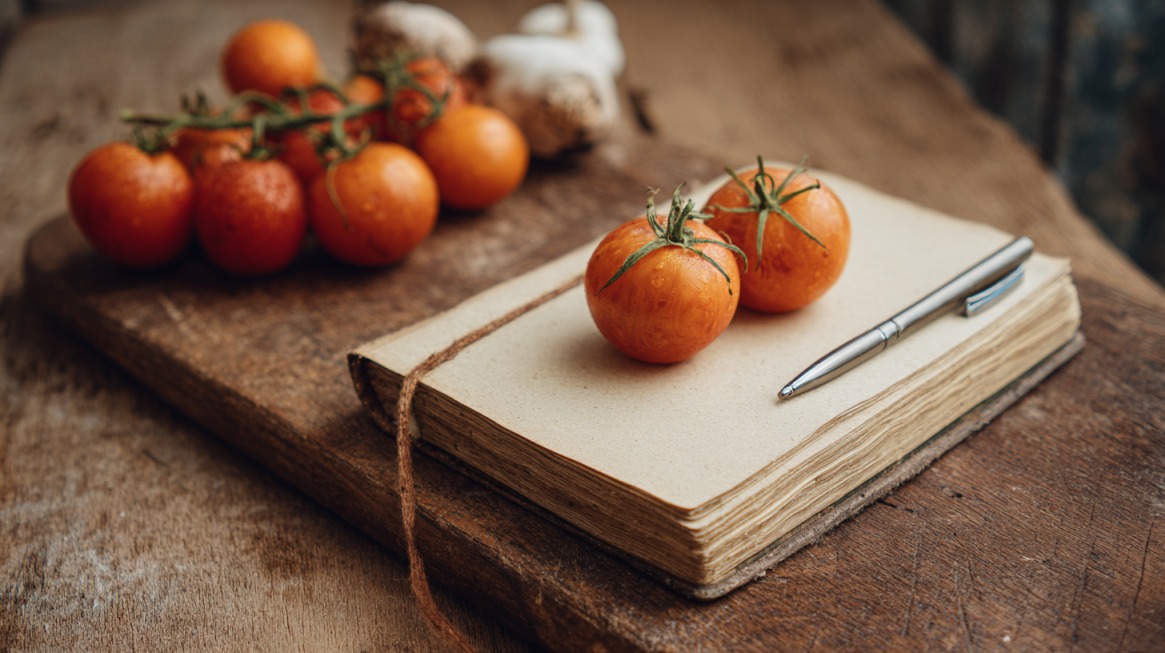
When to Involve a Professional
For most people, a nutrition journal is enough to make noticeable improvements on their own.
But if you’re dealing with specific health concerns, like managing diabetes or addressing food intolerances, consider sharing your notes with a dietitian.
They can spot patterns you might miss and guide you toward safe adjustments.
Final Thoughts
Keeping a nutrition journal is not about restricting yourself with endless rules. It’s about awareness, reflection, and small changes that add up over time.
By writing down meals, moods, and habits in a way that feels natural to you, you’ll slowly build healthier routines without the pressure of “perfect” eating.
A simple notebook, a favorite app, or even a customized tool that makes you smile is enough to get started. What matters is consistency and honesty with yourself.
Over weeks and months, those notes become a clear roadmap to better eating habits – one meal at a time.
I’m Leo McIntyre, and my love for cooking was born in my grandmother’s kitchen, where I discovered the magic of traditional Southern recipes. Inspired by her passion and the flavors of my childhood, I started SouthernParm to share these treasured family dishes and keep the rich culinary traditions of the South alive for everyone to enjoy.
